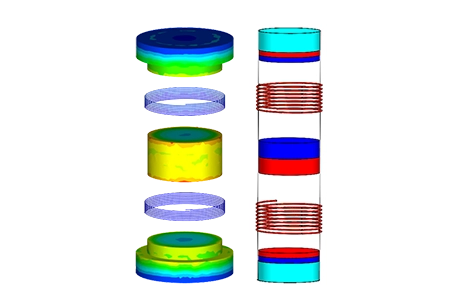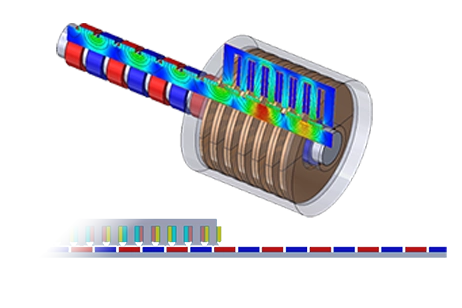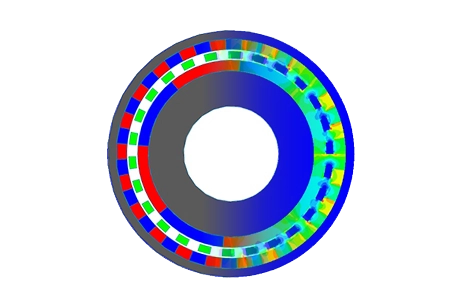Innovative Magnetic Simulation Solutions
Harnessing the Power of Magnets with EMWorks Technology
Discover EMWorks' state-of-the-art simulation software for magnets and magnet arrays, designed for precision, innovation, and efficiency in diverse industries.
-

Magnetic Levitation Vehicles
Explore EMWorks' electromagnetic design software tailored for magnetic levitation applications. Fuel innovation and optimize maglev systems with our solutions. -

Permanent Magnets
Discover EMWorks' electromagnetic design software designed for permanent magnet applications. Revolutionize magnetic systems and innovation. -

Magnetic Gears
Explore EMWorks' electromagnetic design software tailored for magnetic gears. Revolutionize gear systems and innovation with our specialized solutions.

